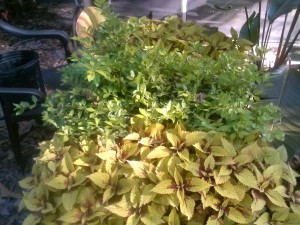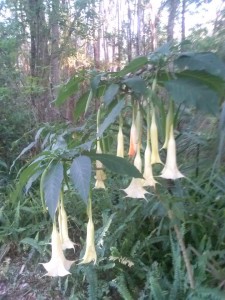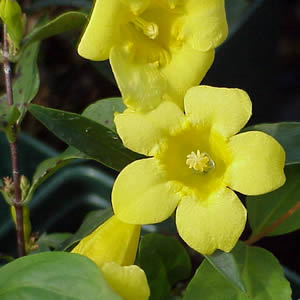St. Patrick's Day is the day that we show off our green! We wear green, we drink green beer, and we eat cabbage....and we write Limericks to celebrate Ireland, also know as the Emerald Isle! So, we should be talking about plants with Emerald green leaves, but instead, I am going to talk about plants with Lime foliage, my little twist on "Lime-rick"! I know, it's a stretch, but what better day to talk about plants that bring something different to the garden?
When designing your landscape, you can add interest to the final plan by including plants with varying textures, flowers, mature height, and foliage color. There are an endless number of plants that have various hues of green, all the way from a dark emerald green to almost a bluish-silver hue. And, surprisingly, there are a handful of plants that offer a shade of lime green that will make your landscape pop, especially when paired with other plants that help them stand out and shine.
If you are considering adding some lime green foliage plants to your landscape design, be sure to place them next to plants that will highlight their uniqueness. Lime green foliage can really pop when planted next to dark greens, reds, and oranges. Conversely, it can be lost or washed out when planted next to a white or yellow house paint, or white and light colored green foliage plants. If you are uncertain as to what will work in your plant combinations, try a few pairings at your local nursery before making your final selections. Ultimately, you want all of your plants in your design to compliment each other, to bring out the best features of each individual plant. As always, half of the fun of gardening is experimenting, and going bold can bring a delightful result!
Considered any of these lime green foliage plants to add to your landscape. All of them are low maintenance and easy care plants for our Tampa landscapes:
- Foxtail Fern, added bonus of unique texture
- Coleus, available in many varying leaf colors with limes, yellows, and reds (in picture above)
- Potato Vine
- Gold Mound Duranta (in picture above, with Coleus)
- Ti Plants, either Kiwi or Lemon-Lime varieties
So, let's get growing, Folks! This St. Patrick's Day, let's really show of our greens.....with Lime greens! You just can't go wrong, and you will be bringing something new to table, so to speak!
Donell



